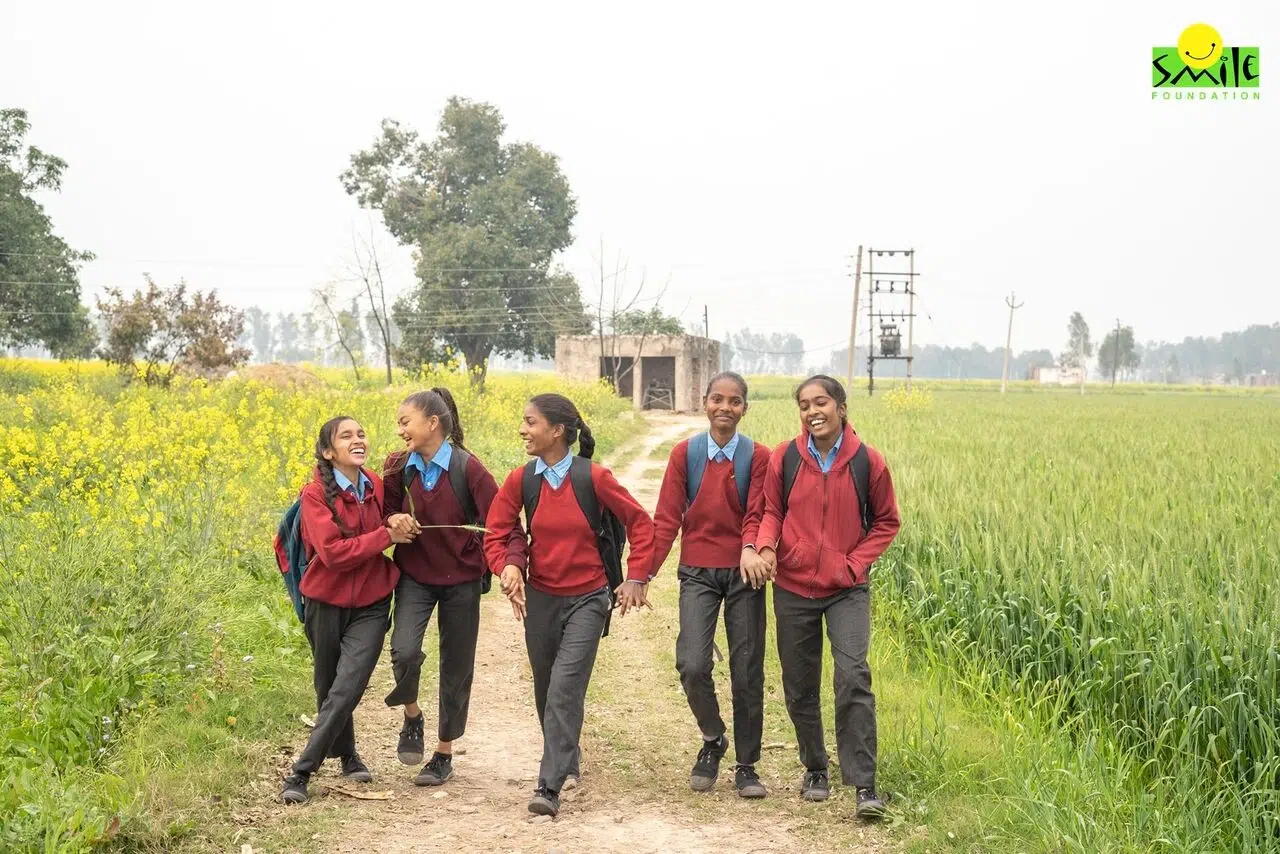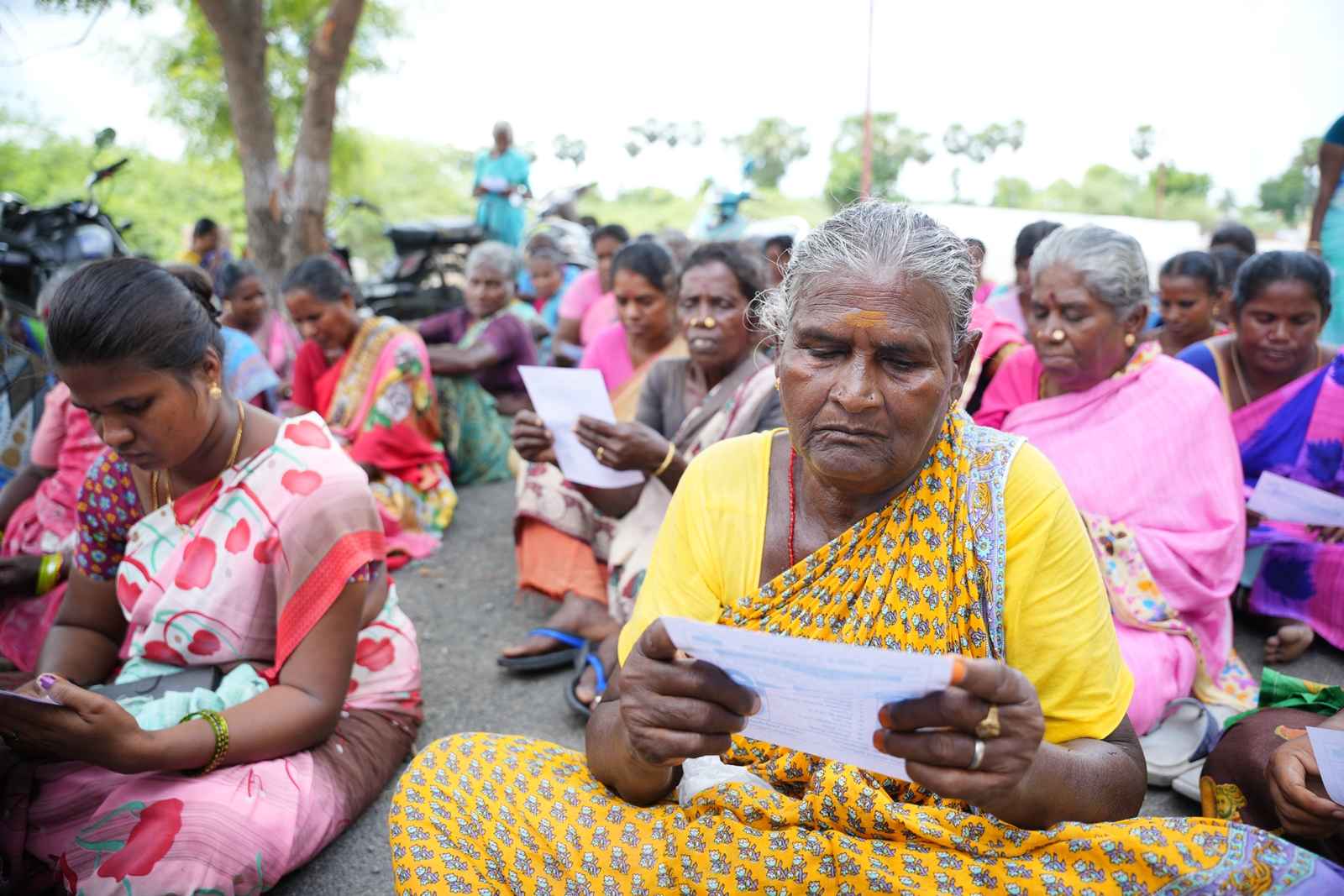India has a rich history of the movement for women’s empowerment. Like many other nations, we have seen a long struggle by the women, showcasing their resilience and achieving progress. While a lot has been achieved over decades and centuries, there is still a long way to go when it comes to women empowerment. Therefore, today we are going to look at this topic and understand it in-depth. What exactly is women empowerment and are there any components to it?
Historical Perspective
While we speak of the struggle for gender equality and women’s empowerment, there have been significant milestones in the past. Whether it is the abolition of Sati or the participation of women leaders in the Indian Independence movement, it all created a fertile ground for a larger social change.
Leaders like Sarojini Naidu and Annie Besant not just fought for the political rights of all Indians, but also represented the women and their interests at a bigger stage. In 1930, the Indian National Congress demanded universal suffrage, recognising that women’s voices were essential for a free India. This was a major step towards recognising the political and social equality of women in India of the future.
Apart from this, Rukmini Devi Arundale, a dancer and activist, challenged societal norms by promoting classical arts and education for women. Dr. Muthulakshmi Reddi, India’s first female legislator, championed healthcare, education, and women’s rights. The Indian Constitution guaranteed equal rights to women. However, challenges persisted due to cultural norms and economic disparities. The National Commission for Women (NCW) was established in 1992 to address gender-based issues.
Later, legal changes, such as the Dowry Prohibition Act (1961) and the Protection of Women from Domestic Violence Act (2005), aimed to protect women’s rights. Grassroots movements, like the Self-Employed Women’s Association (SEWA), empowered women economically. However, even today India faces persistent challenges, including gender-based violence, unequal pay, and limited representation. Initiatives like Beti Bachao, Beti Padhao (Save the Girl Child, Educate the Girl Child) continue to strive for change. Along with these major events, the journey of gender equality and achievement of women empowerment has also been about smaller and less visible changes.
Significance of Women Empowerment
Gender equality is not a mere slogan- it is a fundamental human right. Denying women equal opportunities perpetuates injustice. Whether it is Phoolan Devi who fought against adversity and discrimination to reach Indian Parliament, Malala Yousafzai who was targeted by terrorists in Pakistan for demanding basic rights of women, or Mamata Devi of Dharamshala in India who has shattered many glass ceilings in her lifetime – all these women and their stories remind us why we need to continue fighting for women’s empowerment.
Why does it matter?
Empowered women are catalysts for economic prosperity. When barriers crumble, women contribute significantly to workforce productivity. Their entrepreneurial ventures, leadership roles and innovations fuel growth. According to the World Bank, closing gender gaps in labor force participation could boost global GDP by $160 trillion by 2030. Imagine the ripple effect — an empowered woman’s income uplifts her family, her community and the entire economy.
Secondly, gender equality is not a mere slogan- it is a fundamental human right. Denying women equal opportunities perpetuates injustice. Empowerment dismantles discriminatory structures, allowing women to access education, healthcare and legal protection. When women thrive, society thrives. It is a ripple effect of justice, echoing through generations.
Lastly, our progress hinges on empowering all members of society. The United Nations’ Sustainable Development Goals (SDGs) recognise this truth. Goal 5—achieve gender equality and empower all women and girls—anchors the global agenda. When women participate in decision-making, environmental stewardship and community development, sustainable change takes root. From clean water to climate action, women’s empowerment is woven into the fabric of progress.
Components of Women Empowerment
This brings us to the central argument of this piece. Are there any components to women empowerment? And, if yes, what are those? To understand this, we must realise that women empowerment is not a monolithic concept. It is multifaceted and dynamic. There are many aspects to it that are complex in nature. If we truly want to achieve what we desire, we need to investigate these aspects in detail.
- Self-worth: Self-worth refers to how women perceive their intrinsic value, capabilities and right to assert themselves. It transcends mere confidence — it is about recognising one’s worthiness to participate fully in all aspects of life. Story of Jyoti Kumari of Bihar, who pedalled her bicycle 1200 km carrying her injured father from Delhi to Darbhanga, is an example of her unwavering determination and deep sense of self-worth. Jyoti believed she deserved a chance to save her family, defying societal norms that often limit girls’ mobility.
- Decision-making: It encompasses the freedom to make decisions about one’s life, whether related to education, career, marriage or reproductive health. It is about autonomy and agency. Various initiatives like self-help groups and entrepreneurship cells support marginalised women to skill themselves and start their own businesses which provides them economic independence. This allows the women to make decisions for themselves which is not possible for them when they are dependent on male members of their families.
- Access: It refers to equitable opportunities — be it education, healthcare, or economic resources. It’s the bridge between potential and realisation. For example, in India, KGBVs provide residential education to girls from marginalised communities. These schools ensure access to quality education, nutrition and life skills. By breaking down barriers, KGBVs empower girls to dream beyond societal limitations.
- Control: It involves decision-making power within and outside the home. It is about dismantling patriarchal structures that limit women’s autonomy. Like, Rwanda’s progressive land laws grant equal inheritance rights to men and women. As a result, women own and control land—an essential asset for economic stability. This shift transforms gender dynamics, empowering women to shape their destinies.
- Influence: Influence extends beyond personal agency — it is about shaping societal norms, policies and attitudes. Empowered women become change agents. For example, the #MeToo movement provided women the necessary strength and influence that they needed to highlight the problem of sexual harassment they faced in their everyday lives. It would not have been possible if they did not come together to use social media as a platform to raise their voices.
Empowerment for Tomorrow
As we discuss the components of women empowerment, we must understand that there is so much that is yet to be achieved. Therefore, it is important to continue discussing the ways of achieving gender equality and women empowerment. It is only through a collective effort that we can achieve this. Every woman’s voice matters.
Whether whispered in a rural classroom or echoed through social media, these voices shape our collective destiny. Let us amplify stories like Jyoti Kumari and Mamta Devi’s — their journeys remind us that empowerment begins within, fuelled by unwavering self-worth. Support women when they practise their agency and try to gain influence over a situation that empowers them through Smile Foundation‘s gender equity initiative. Let us become allies in this journey of empowerment for tomorrow.









